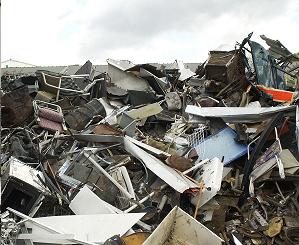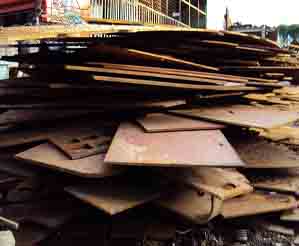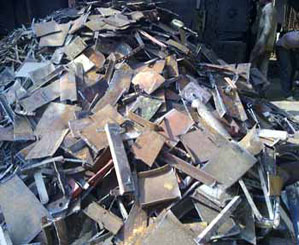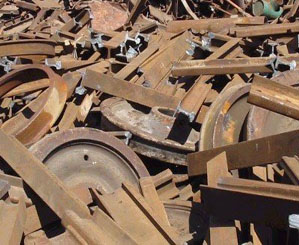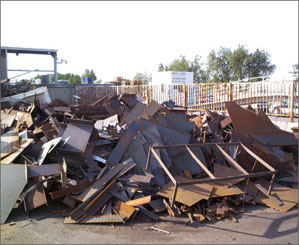Population increases every year and so is the demand for goods and products. As on date, we humans have been consuming more products especially those made out of metals. But expanding population has led to expanding production scales as well. Now, the debris of our desire reaches the landfills and is contaminating the environment we all live. But thanks to the one who coined the word recycling, which over the years has been making rounds allover the world. Now metal scrap recycling has emerged as a separate industry and is worth billions. But we are aware how plastic is recycled and we are aware how e-wastes are recycled. But how do they recycle metal scraps? Let us see.
Sorting
Step 1 in a recycling process would be to sort out the different types of metal products. A scrap yard would get metal sheets, metal rods, vessels made out of metal and a lot more. Processing all these in the same conveyor belt or machine would be highly impossible. Hence it is necessary to separate all these products.
Crushing & Shredding
A scrap yard would receive a humongous amount of metal scrap. Processing all these in its actual size would not be possible. Hence all the metal products are first to be crushed and made into pieces before processing. Crushing is where the metal is squeezed and thinned to allot space for all the metal products in the conveyor belt. Post this; the metal products go through a funnel that shreds it completely i.e. turning all the crushed metal into tiny pieces.
Separation
Metals are of two types i.e. ferrous and non-ferrous. A metal tin would always come with a plastic lid and the outer layer would have been painted. In separation, the metal shreds are placed in a magnetic drum, which absorbs all the ferrous metals and blows away the non-metallic products. This is also a process of removing impurities.
Melting & Purification
The next step is to bring back metal to its original state. The metal shreds are now placed in a hot molten furnace with fuel efficient regenerative burners to let it consume less energy than the original manufacturing process. This is to ensure there is no impact on the environment. Post the process, the impurities from the hot metal are removed through a process called stirring.
